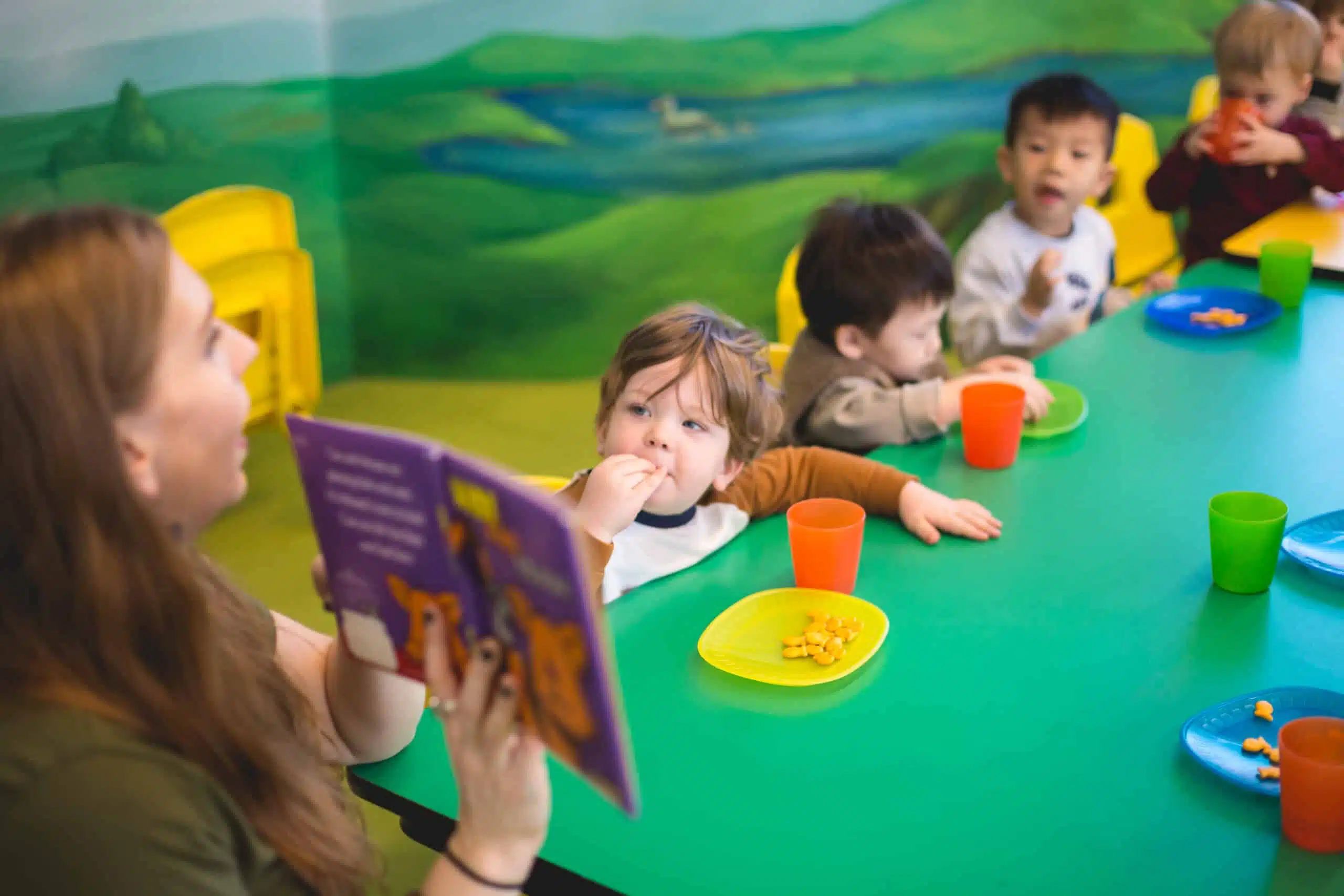Article At A Glance:
- Preschool and PreK serve different purposes, focusing on social skills and school readiness.
- Preschool is typically for children ages 3-4, while PreK is for children ages 4-5, preparing them for kindergarten.
- Preschool emphasizes play-based learning, whereas PreK introduces more structured academic activities.
- Both programs are crucial in a child’s early education, setting the stage for future success.
What is Preschool?
Preschool is an early childhood education program that introduces children to a structured learning environment. It is designed to help young children develop basic skills in a fun and engaging way. Through play-based activities, children learn essential social, emotional, and cognitive skills that set the foundation for future learning. Preschool provides a gentle introduction to a school-like setting, helping children transition smoothly to more structured education environments. Preschool helps children develop independence and confidence in a group setting by focusing on play, creativity, and interaction.
Age Group & Eligibility Criteria for Preschool
Preschool typically caters to children between the ages of 3 and 4. Enrollment criteria vary by location and institution, but generally, children should be potty trained and ready to participate in group activities. The flexible age range allows for some overlap with PreK, but the focus remains on preparing children for a more formal education environment. Preschool is often the first step into the educational world, setting the stage for continued growth in social and motor skills through age-appropriate activities and interactions.
The Curriculum & Learning Approach in Preschool
The preschool curriculum is designed around play-based learning, emphasizing the development of social skills, motor skills, and early academic skills. Activities such as storytelling, art projects, and interactive games help children learn to follow directions, share with others, and develop fine motor skills. The learning environment is less structured, allowing children to explore and learn independently. This approach helps foster a love for learning while building foundational skills for future academic success. The emphasis on exploration and play encourages creativity, problem-solving, and peer cooperation.
What is PreK (Pre-Kindergarten)?
PreK, or Pre-Kindergarten, is an educational program that serves as a bridge between preschool and kindergarten. It is designed for children typically one year away from kindergarten. PreK focuses on school readiness, providing children with more structured learning experiences that prepare them for the academic expectations of kindergarten. This program is tailored to help children develop the skills necessary to thrive in kindergarten, emphasizing more formal learning experiences.
Age Group & Enrollment Criteria for PreK
PreK programs generally serve children 4 to 5 years old, with the primary goal of preparing them for kindergarten. The enrollment criteria often include age-specific requirements and readiness assessments to ensure children are developmentally prepared for the program’s structured learning environment. The transition from PreK to kindergarten can gradually introduce children to routines and tasks similar to those they will encounter in kindergarten. The curriculum builds on what children have learned in preschool, enhancing their readiness for the next educational step.
Academic Focus & Learning Approach in PreK
The PreK curriculum is more structured than preschool, with a stronger emphasis on academic readiness. It includes activities that promote critical thinking, early literacy, and math skills alongside the continued development of social and emotional skills. The learning approach in PreK often incorporates a mix of play-based and structured learning, ensuring that children develop the necessary skills for a successful transition into kindergarten. Activities in PreK may include more focused tasks like letter recognition, number counting, and problem-solving exercises, preparing children for the more rigorous academic demands of kindergarten.
Preschool vs Pre-Kindergarten: What’s the Difference?
The primary difference between preschool and pre-K lies in their focus and structure. While both programs aim to prepare children for future education, preschool is more about introducing young children to social and learning environments in a relaxed setting. PreK, conversely, takes a more structured approach to ensure children are ready for kindergarten’s academic and social demands.
Preschool focuses on play-based learning to foster social and motor skills development. In contrast, PreK emphasizes school readiness, with activities designed to build academic skills and prepare children for a more structured school day. Understanding these differences can help parents choose the right program that aligns with their child’s developmental stage and educational needs.
Choosing the proper early education program for your child is crucial for their developmental journey. At Bubbles Academy, we offer tailored preschool and PreK programs designed to meet the unique needs of each child, ensuring they thrive in a nurturing and engaging environment. Our expert educators are dedicated to providing enriching experiences that lay a strong foundation for future academic and social success. If you’re ready to explore the best fit for your child’s educational needs, contact us online or call today at (312) 944-7677. Let us help you guide your child towards a bright and promising future!

